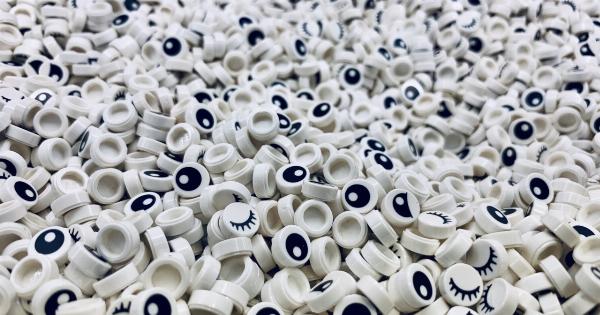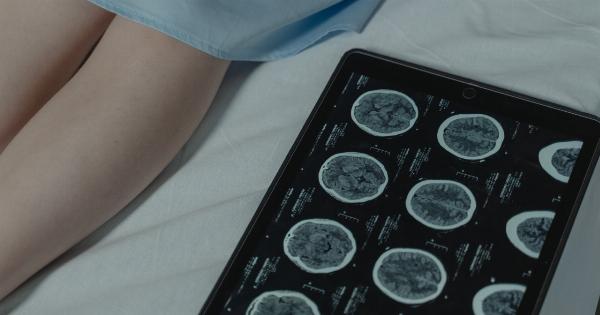Healthcare providers need to identify patients at high risk of developing a disease or condition to provide prompt and effective treatments. However, it can be challenging to identify these high-risk patients manually.
This is where artificial intelligence (AI) comes in. With the help of AI-powered systems, healthcare providers can quickly and accurately identify high-risk patients. In this article, we will explore how an AI-powered system can identify high-risk patients with precision.
What is an AI-powered system?
An AI-powered system is a software application that uses machine learning algorithms to make predictions or decisions based on data.
In healthcare, AI-powered systems can analyze electronic health records (EHR), electronic medical records (EMR), and other healthcare-related data to identify patterns and make predictions.
How does an AI-powered system identify high-risk patients?
An AI-powered system can identify high-risk patients by analyzing their medical data and identifying patterns that are associated with the disease or condition in question.
For example, an AI-powered system can analyze the data of patients with a history of heart disease and identify patterns such as high blood pressure, high cholesterol, and smoking.
These patterns can then be used to predict which patients are at high risk of developing heart disease.
The system can also identify patterns related to lifestyle factors such as diet, exercise habits, and stress levels, which can contribute to the development of certain diseases.
Advantages of using an AI-powered system to identify high-risk patients
There are several advantages of using an AI-powered system to identify high-risk patients:.
- Accuracy: AI systems can analyze vast amounts of data and identify patterns that may not be immediately apparent to human analysts.
- Speed: AI systems can process data much faster than humans, allowing healthcare providers to identify high-risk patients quickly.
- Automation: An AI-powered system can run 24/7, meaning healthcare providers can identify high-risk patients even when they are not available.
- Personalization: AI systems can identify patterns that are specific to individual patients, allowing healthcare providers to provide personalized treatment and care plans.
Examples of AI-powered systems that identify high-risk patients
There are several AI-powered systems that healthcare providers can use to identify high-risk patients. Some examples include:.
- IBM Watson Health: IBM Watson Health is an AI-powered system that can analyze medical data to identify patients at high risk of developing certain conditions.
- Apixio: Apixio is an AI-powered platform that uses natural language processing and machine learning to analyze unstructured medical data and identify patterns related to disease risk.
- Prognos: Prognos is an AI-powered platform that analyzes EHR data to identify patients at high risk of developing certain conditions and provides healthcare providers with recommendations for treatment and care management.
Challenges of using AI-powered systems to identify high-risk patients
While AI-powered systems offer many benefits, there are also some challenges associated with their use to identify high-risk patients:.
- Data quality: AI systems rely on high-quality data to make accurate predictions. If the data is incorrect or incomplete, the system may provide inaccurate results.
- Data privacy: Healthcare data is sensitive, and it is essential to protect patient privacy when using AI systems to analyze medical data.
- Cost: AI-powered systems can be expensive to implement and maintain, which may make them difficult to access for some healthcare providers.
- Regulation: The use of AI in healthcare is still a developing field, and regulations governing its use may vary from country to country.
Conclusion
An AI-powered system can provide healthcare providers with an efficient and accurate way to identify high-risk patients.
With the ability to analyze vast amounts of data and identify patterns that may not be apparent to human analysts, AI systems offer several advantages over traditional methods of identifying high-risk patients. However, there are also some challenges associated with the use of AI in healthcare, including data quality, data privacy, cost, and regulation. Overall, AI-powered systems have the potential to revolutionize healthcare and improve patient outcomes.


























